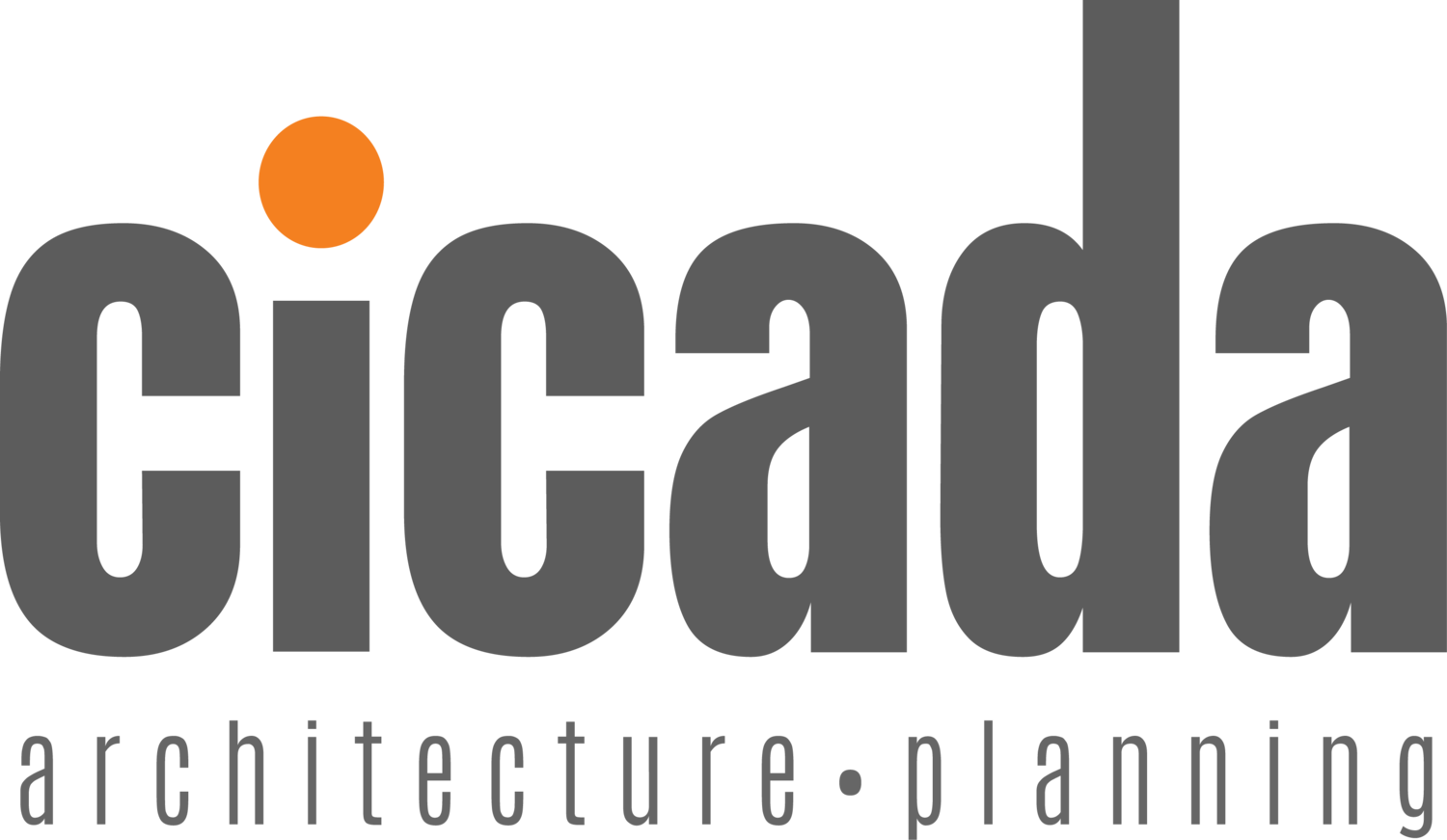CICADA’s Homes Within Reach Conference Takeaways
CICADA staff members attended the 2022 Homes Within Reach Conference last week in Harrisburg, PA. While so many topics were covered, there were some takeaways we’d like to share that grabbed our attention and that we will be carrying with us into our own practice and projects…
Trauma-Informed Development & Community Well Being
A recurring theme throughout the conference was the importance of a holistic approach to community development. Many of the communities where affordable housing is developed have experienced neighborhood trauma. Although housing is an important component of community development, it is not enough to just build housing, the community must also address the social issues that can contribute to someone experiencing homelessness. Architecture alone can not solve these problems but good design can promote well-being and a sense of security for the residents. Buildings that offer integrated services can help support the tenants psychologically, mentally, and emotionally. Spaces like medical suites, meeting rooms for mental health services, gardens, and community spaces for socializing and connection, make a difference in the level of support the tenant is able to receive. Housing alone cannot solve the social and societal problems that lead people to experience homelessness in the first place but thoughtful design can have a meaningful impact along with supportive services provided to the residents
Culturally Responsive Services
How can we design for the culture of the clients we’re serving? As architects, we’re often asked to work in places that we’re not from, which makes it important for us to develop a greater understanding of the cultures and communities we are designing for. Asking the residents questions can initiate interesting discussions for architects to consider during the design process that they may not have otherwise. It can lead to learning preferences on anything from aesthetics, the layout, amount of light in different rooms, or how is the kitchen used. Asking the community residents to discuss how they see themselves in their own culture offers us, as architects, insight into what design elements are most important and reflective of their shared beliefs.


